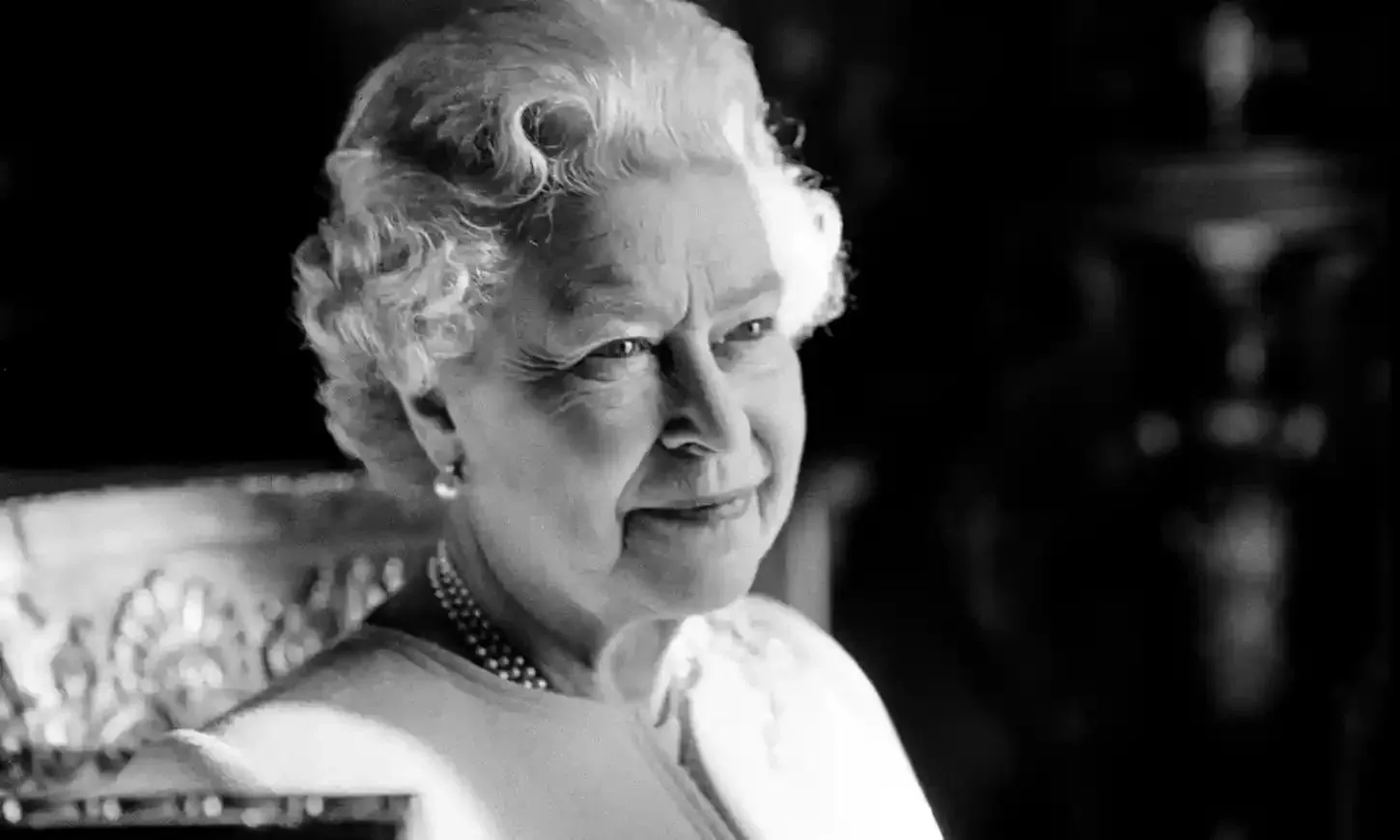After Russia recently reduced its gas supplies, the EU imported more gas from the US than from Russia in June for the first time. This comes as liquefied gas (LNG) by ship, but has to be processed in a complex way. LNG has thus until now only played a minor role in the EU market.
In June, Russia’s gas supply fell so much that more gas was imported from the US into the EU for the first time. Since March, global liquefied gas exports to Europe have increased by 75 percent from 2021, US President Joe Biden and European Commission President Ursula von der Leyen reported at the G7 summit in Bavaria.
prices rise
However, because the processing is more complex than with Russian gas and states are currently demanding more and more LNG, the price is rising. Another disadvantage is that liquefied gas is more harmful to the climate than natural gas. Production, liquefaction, fueling, transport and storage are very energy intensive. In detail, the producers cool natural gas to about 160 degrees Celsius to liquefy it. It is then transported in special transport containers by ship, road and rail. On arrival, the LNG must be converted back to natural gas so that it can be transported further via European pipelines.
At this point there is an additional challenge. This requires so-called LNG terminals, which are available in countries such as France, Spain, Italy and Croatia. In addition, parts of the gas can escape on long transport routes and thus be lost.
Source: Krone
I’m Wayne Wickman, a professional journalist and author for Today Times Live. My specialty is covering global news and current events, offering readers a unique perspective on the world’s most pressing issues. I’m passionate about storytelling and helping people stay informed on the goings-on of our planet.



